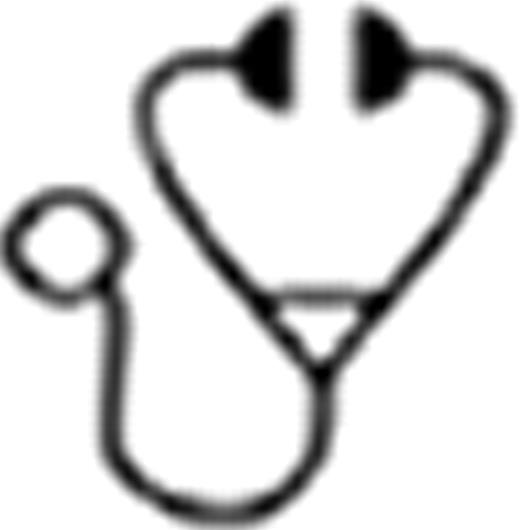Abstract
Some patients (pts) with chronic myeloid leukemia (CML) present with features of accelerated phase (AP) at the time of diagnosis. Imatinib, dasatinib, and nilotinib are standard initial tyrosine kinase inhibitor (TKI) therapy for pts with CML in chronic phase (CP). For pts with accelerated phase CML (CML-AP), data is available mostly on treatment after failing previous therapies, and there is no available data on nilotinib and dasatinib as initial therapy for CML-AP.
To describe efficacy of imatinib, dasatinib, and nilotinib as initial therapy for patients with CML-AP.
Frontline TKI therapy was administered on consecutive or parallel clinical trials to 58 CML pts who presented with features of AP at the time of diagnosis, defined as blasts ≥15% (n=8), basophils ≥20%, (n=22), platelets <100×109/L (n=3), cytogenetic clonal evolution (n=22), or more than 1 feature (n=3). 36 pts received imatinib. 22 pts received a second generation TKI (2GTKI) (desatinib, n = 5 or nilotinib, n= 17).
A total of 58 pts were treated. Median age was 46 years (range 22 to 81). Pt characteristics were similar in all 4 treatment groups. With a median follow-up of 32 months (range 2 to 125), a complete hematologic response (CHR) was achieved in 93%, a partial cytogenetic response (PCyR) in 2 %, and a complete cytogenetic response (CCyR) in 82%. The rate of CCyR for evaluable patients treated with imatinib was 75%, and with 2GTKIs, 95%. Major molecular responses (MMR, BCR-ABL/ABL ≤0.1% IS) were achieved in 68% including complete molecular responses (CMR, BCR-ABL/ABL ≤0.0032% IS) in 49%. MMR rates for pts treated with imatinib were 66%, and with 2GTKIs, 71%. The median time to achieve a CCyR was 3 months, and a MMR, 9 months. The 12-month rate of CCyR was 74% with imatinib and 83% with 2GTKIs. The 12-month MMR rate was 52% for imatinib and 67% for 2GTKIs. Patients with clonal evolution as the only criterion for CML-AP had a 91% rate of CCyR compared to 76 % for those with other criteria (p=0.168). At 24 months from the start of therapy, event free survival (EFS) for all patients was 90% (imatinib 90%; 2GTKI 90%). 24-month transformation free survival (TFS) (survival free from transformation to blast phase) was 92% (imatinib 94%, 2GTKIs 90%). Overall survival at 24 months was 100% with both imatinib and 2GTKI's. We also analyzed the impact of early response on long-term outcome. The TFS rate at 24 months for those achieving a 12-month CCyR was 100% compared to 56% for those not achieving such responses. TFS was 100% for those with a MMR at 18 months and 60% for those without a MMR at 18 months. In total, 4 patients have transformed to BP. None of the patients who transformed had achieved CCyR by 12 months. At last follow-up, 34 patients remain on therapy. Reasons for discontinuation were treatment failure/disease progression in 8, toxicity in 1, and other reasons in 15.
Patients with CML who present with features of AP at the time of diagnosis have an excellent outcome with TKIs, particularly 2GTKI. Those with clonal evolution as the only manifestation of AP have a particularly favorable outcome. TKIs should be considered standard initial therapy for patients with AP at the time of diagnosis.
Kantarjian:Novartis: Consultancy; Novartis: Research Funding; BMS: Research Funding; Pfizer: Research Funding. Quintas-Cardama:Novartis: Consultancy; BMS: Consultancy. Ravandi:BMS: Honoraria; BMS: Honoraria; Bristol Meyers-Squibb: Research Funding. Jabbour:Pfizer: Honoraria; Novartis: Honoraria; BMS: Honoraria. Cortes:Novartis: Consultancy, Research Funding; BMS: Consultancy, Research Funding; Pfizer: Consultancy, Research Funding; Ariad: Consultancy, Research Funding.

This icon denotes a clinically relevant abstract
Author notes
Asterisk with author names denotes non-ASH members.

This feature is available to Subscribers Only
Sign In or Create an Account Close Modal